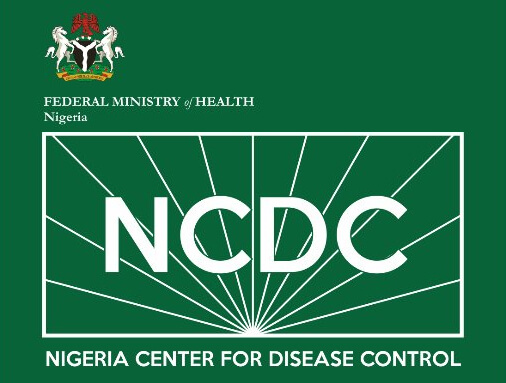NCDC advocates constant PPE use for health workers
The Nigeria Centre for Disease Control and Prevention said doctors, nurses and other health workers providing direct patient care without standard precautions are at higher risk of Lassa fever infection.
READ ALSO: Appendicitis: Delayed surgery may cause infection, Death – Experts
The NCDC called for constant use of Personal Protective Equipment to prevent healthcare workers from contracting the disease.
According to the agency, Lassa fever is an acute viral haemorrhagic fever caused by the Lassa virus.
The natural reservoir for the virus is the Mastomys natalensis rodent (commonly known as the multimammate rat or the African rat).
Other rodents can also be carriers of the virus.
Between January and December 3, 2023, the NCDC confirmed 1,170 cases of Lassa fever, 200 deaths, and 8,542 suspected cases in Nigeria.
The virus spreads through, direct contact with the urine, faeces, saliva, or blood of infected rats, contact with objects, household items, and surfaces contaminated with the urine, faeces, saliva, or blood of infected rats.
It can also spread through consuming food or water contaminated with the urine, faeces, saliva, or blood of infected rats.
Person-to-person transmission can also occur through direct contact with blood, urine, faeces, vomitus, and other body fluids of an infected person.
“Lassa fever initially presents like other common illnesses accompanied by a fever, such as malaria. Other symptoms include headache, general body weakness, cough, nausea, vomiting, diarrhoea, muscle pains, chest pain, sore throat, and, in severe cases, bleeding from ears, eyes, nose, mouth, and other body openings. The time between infection and the appearance of symptoms of the disease is 3 to 21 days. Early diagnosis and treatment of the diseases greatly increase the chances of patient survival,” the NCDC stated.
The agency further urged healthcare workers to maintain a high suspicion index and always observe standard precautions, adding, “Use gloves and other appropriate personal protective equipment while providing care for a patient.”


Comments are closed.